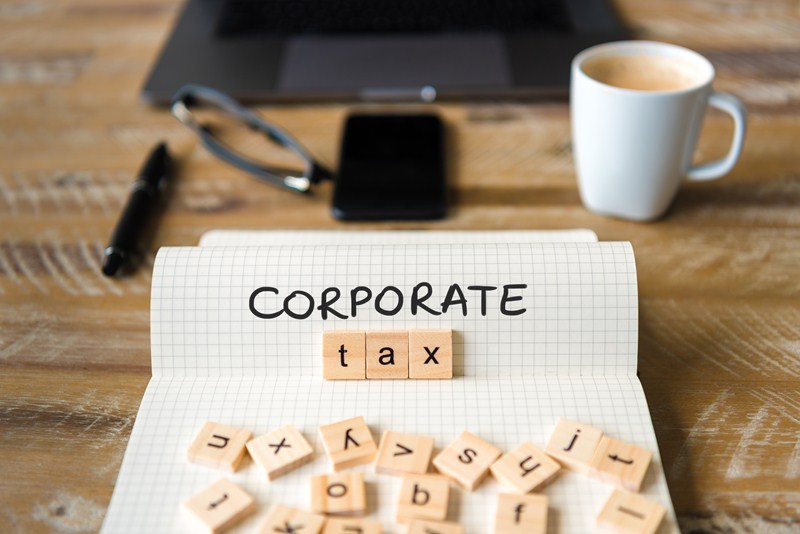The Structures and Buildings Allowances (SBA) allows for tax relief on qualifying capital expenditure on new non-residential structures and buildings. The relief applies to the qualifying costs of building and renovating commercial structures.
The relief was introduced in October 2018 at an annual capital allowance rate of 2% on a straight-line basis. The annual rate was increased to 3% from April 2020, and the corresponding period reduced to thirty-three and one-third years.
HMRC’s guidance sets out the process for making a claim. In order to make a valid claim a written allowance statement is required.
The allowance statement must include:
- information to identify the structure, such as address and description
- the date of the earliest written contract for construction
- the total qualifying costs
- the date that you started using the structure for a non-residential activity
The claimant must also meet the necessary requirements in respect of the building itself and the chargeable period for the claim.
The start date of the claim is the later of the following two dates:
- the date when you started using the structure for a qualifying activity
- the date that you are due to pay for the structure or construction.
No relief is available where parts of the structure qualify for other allowances, such as plant & machinery allowances.







